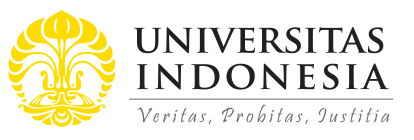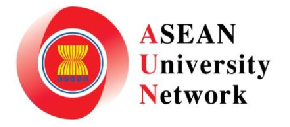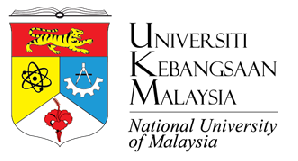
Abstract
This research and community engagementinvestigates an ancient Balinese ritual known as Sang Hyang Dedari. Thedance is interrelated to an agricultural aspect of the traditional Balineseliving. As the Balinese struggle tomaintain their values from the constant threat of modernization andindustrialization, this dance reveals the powerful impact of creating anawareness of socio-ecological equilibrium. The effort made by the villagers ofGeriana Kauh, Karangasem, displays how local community rebuilds its environmentbased on their traditional ecological value. Analyzing Sang Hyang Dedaridance through phenomenological approach, thus, it can be discovered how theritual sustains the social relations. The bodies of the dancers are the centerof an elaborate nexus between people, nature and god. To understand how thedualism of sacred and profane bodies, this research utilizes the body theory byMaurice Merleau-Ponty. The importance of phenomenology as a theory relates tothe understanding on how the ritual works as an event in its totality.Understanding the unity between the presence of the divine, nature and human.The output of this research and community engagement is a museum built incooperation between University of Indonesia with the villagers of Geriana Kauh,Karangasem. As the performance and knowledge about Sang Hyang Dedari appearedto be scarce, this museum is a form of collaboration to retrace the history ofSang Hyang Dedari ritual, in an attempt to conserve the ancient knowledge.
References
Bandem, I Made (2001). Mask, The Other Face of Humanity, Jakarta: SMK Grafika Desa Putera.
Covarrubias, M (1973). Island of Bali. Hongkong, Periplus Classics.
Eliade, Mircea (1987). The Sacred and The Profane, The Nature of Religion, New York, Harcourt Inc.
Kuntjaraningrat, (1993) Ritus Peralihan di Indonesia, Jakarta, Balai Pustaka.
Lansing, S (2007). Priests and Programmers, Technologies of Power In The Engineered Landscape of Bali, New Jersey : Princeton University Press.
Mawangi, G (2016, August 1) Tari Sang Hyang Dedari Selamatkan Sawah Bali, Retrived March 12, 2017, from http://www.antaranews.com/berita/576270/tari-sang-hyang-dedari-selamatkan-sawah-bali
Merleau-Ponty, M (2002). Phenomenology of Perception, London, Routledge.
Merleau-Ponty, M (1968). The Visible and The Invisible, Evanston, Northwestern University Press.
Putri, L& Mawangi, G& Utami, P (2014) Aspek Sakral dan Sihir Dalam Tarian Sang Hyang Dedari : Suatu Analisa Fenomenologis Mengenai Tubuh Di Dalam Tarian, Retrived March 12, 2017, from https://sanghyangdedari.org/laporan-akhir-hibah-riset-awal-fakultas-ilmu-pengetahuan-budaya-ui/
Schechner, Richard (2003) Performance Theory, New York, Routledge.
Spies, Walter dan Beryl de Zoete (2002). Dance and Drama in Bal, Singapore, Periplus Editions.
Vagle, M (2014). Crafting Phenomenological Research, California, Left Coast Press.
Windia, W (2013). Penguatan Budaya Subak Melalui Pemberdayaan Petani, Jurnal Kajian Bali, Volume 2, No 2, 137-158
Recommended Citation
Putri, LG. Saraswati
(2017).
The revival of Sang Hyang Dedari dance: a phenomenological approach to social-ecological reconstruction in Bali.
ASEAN Journal of Community Engagement, 1(1).
Available at: https://doi.org/10.7454/ajce.v1i1.62







